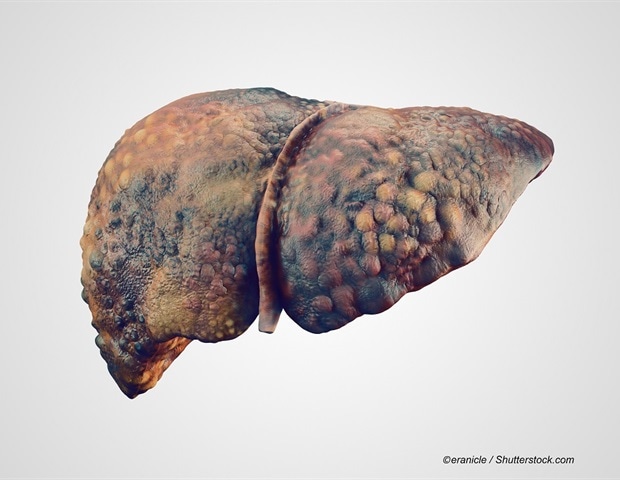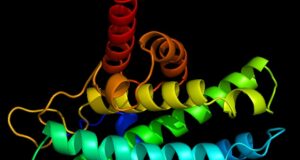
Background and aims
The performance of neurodegenerative biomarkers-neurofilament light chain (NfL), glial fibrillary acidic protein (GFAP), tau, and ubiquitin carboxy-terminal hydrolase L1 (UCHL1)-in diagnosing minimal hepatic encephalopathy (MHE) has not been systematically evaluated, simultaneously, nor have their associations with the development of overt hepatic encephalopathy (OHE). This study aimed to evaluate the performance of plasma NfL, GFAP, tau, and UCHL1 in diagnosing MHE and predicting the development of OHE in Chinese patients with hepatic cirrhosis.
Methods
In this prospective study, 124 patients with hepatic cirrhosis were recruited. The Psychometric Hepatic Encephalopathy Score was used to diagnose MHE, and OHE development was observed during a 30-day follow-up period. Plasma levels of NfL, GFAP, tau, and UCHL1 were measured using the highly sensitive single-molecule array when MHE was diagnosed. Additionally, serum interleukin-6 (IL-6) levels and the model for end-stage liver disease (MELD) and MELD-Na scores were also measured.
Results
MHE was diagnosed in 57 (46.0%) patients. Patients with MHE had significantly higher plasma levels of NfL and GFAP (34.2 vs. 22.4 pg/mL and 173 vs. 97.6 pg/mL, respectively; both p < 0.001) and lower tau levels (8.4 vs. 11.6 pg/mL, p = 0.048) compared to those without MHE. Plasma NfL (odds ratios = 1.027, 95% confidence interval [CI]: 1.006–1.048; p = 0.013) and serum ammonia levels (odds ratios = 1.021, 95% CI: 1.006–1.036; p = 0.007) were independently associated with MHE occurrence. A combination of NfL, GFAP, tau, and UCHL1 was effective in diagnosing MHE in all cirrhotic patients (area under the receiver operating characteristic curve [hereinafter referred to as AUROC]: 0.748, 95% CI: 0.662–0.821), with an accuracy, sensitivity, and specificity of 71.0%, 71.9%, and 71.6%, respectively. In patients without previous OHE, the combination had an AUROC of 0.764 (95% CI: 0.673–0.840), with an accuracy, sensitivity, and specificity of 72.5%, 71.7%, and 73.0%, respectively. Furthermore, GFAP (hazard ratio (HR) = 1.003, 95% CI: 1.000–1.005; p = 0.044), IL-6 (HR = 1.003, 95% CI: 1.001–1.004; p < 0.001), and MELD score (HR = 1.139, 95% CI: 1.072–1.210; p < 0.001)-but not NfL, tau, and UCHL1-were identified as risk factors for 30-day OHE development.
Conclusions
The combination of plasma levels of NfL, GFAP, tau, and UCHL1 performs well in diagnosing MHE. Additionally, MELD score, IL-6, and GFAP appear to be significant predictors of OHE development in patients with hepatic cirrhosis.
Source:
Journal reference:
Cheng, Q., et al. (2024). Evaluation of Plasma Neurodegenerative Biomarkers for Diagnosing Minimal Hepatic Encephalopathy and Predicting Overt Hepatic Encephalopathy in Chinese Patients with Hepatic Cirrhosis. Journal of Clinical and Translational Hepatology. doi.org/10.14218/jcth.2024.00413.




